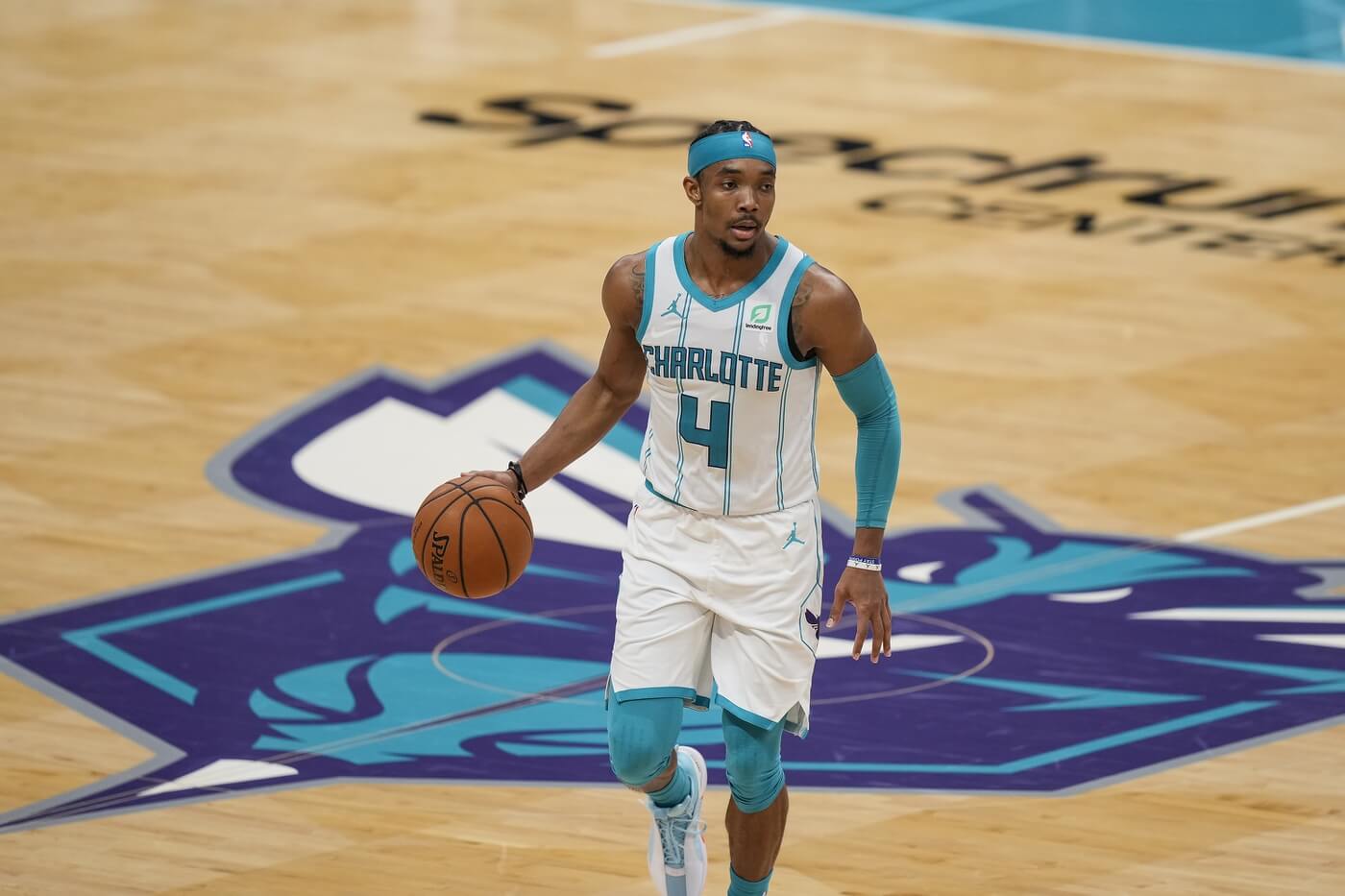12 freshmen were picked in the first round of the�2020 NBA Draft. Yet it took until the�26th pick�for an upperclassman to be selected. Younger players are much more valuable to NBA teams because of their high potential. Because of this, upper-class prospects are falling down the draft, despite balling out in college. Still, many of these players are now killing it around the league, especially at the guard position. Hence the fact that upper-class guards need more respect from NBA teams in the draft process.
2020 Prospects

To find successful upperclassmen, we don’t need to look any further than this most recent draft. Though they weren’t selected until late in the first round, Malachi Flynn and Payton Pritchard are both having great rookie seasons for their respective teams.
Payton Pritchard played 4 years at Oregon University and had an extremely successful college career. He averaged 20.5 points and 5.5 assists his senior year at Oregon. He was one of the country’s best players that year and showed that he could succeed at the NBA level.
Despite all that, he fell to 24th in the draft and was picked by the Celtics. He immediately slotted into a backup point guard role. That role has been up and down throughout the year as Celtics coach Brad Stevens experiments with lineups. But he steps up when called on. He’s shooting�40% from 3 on the year�and does a good job running the offense for short periods.
His potential is hard to judge due to his small role, but it looks like the Celtics have found a solid player late in the first round.
Malachi Flynn wasn’t too far behind Pritchard in the draft and wasn’t too far behind him in terms of college success either. He played for the San Diego State Aztecs in his final college season and led them to a�30-2 season.�He won�the Mountain West Player of the Year award and the Defensive Player of the Year award.
The Raptors selected him with the 29th pick, and to begin the season, Flynn had a hard time cracking into the teams’ rotation. He’s only played in 30 of the teams’ 55 games so far.
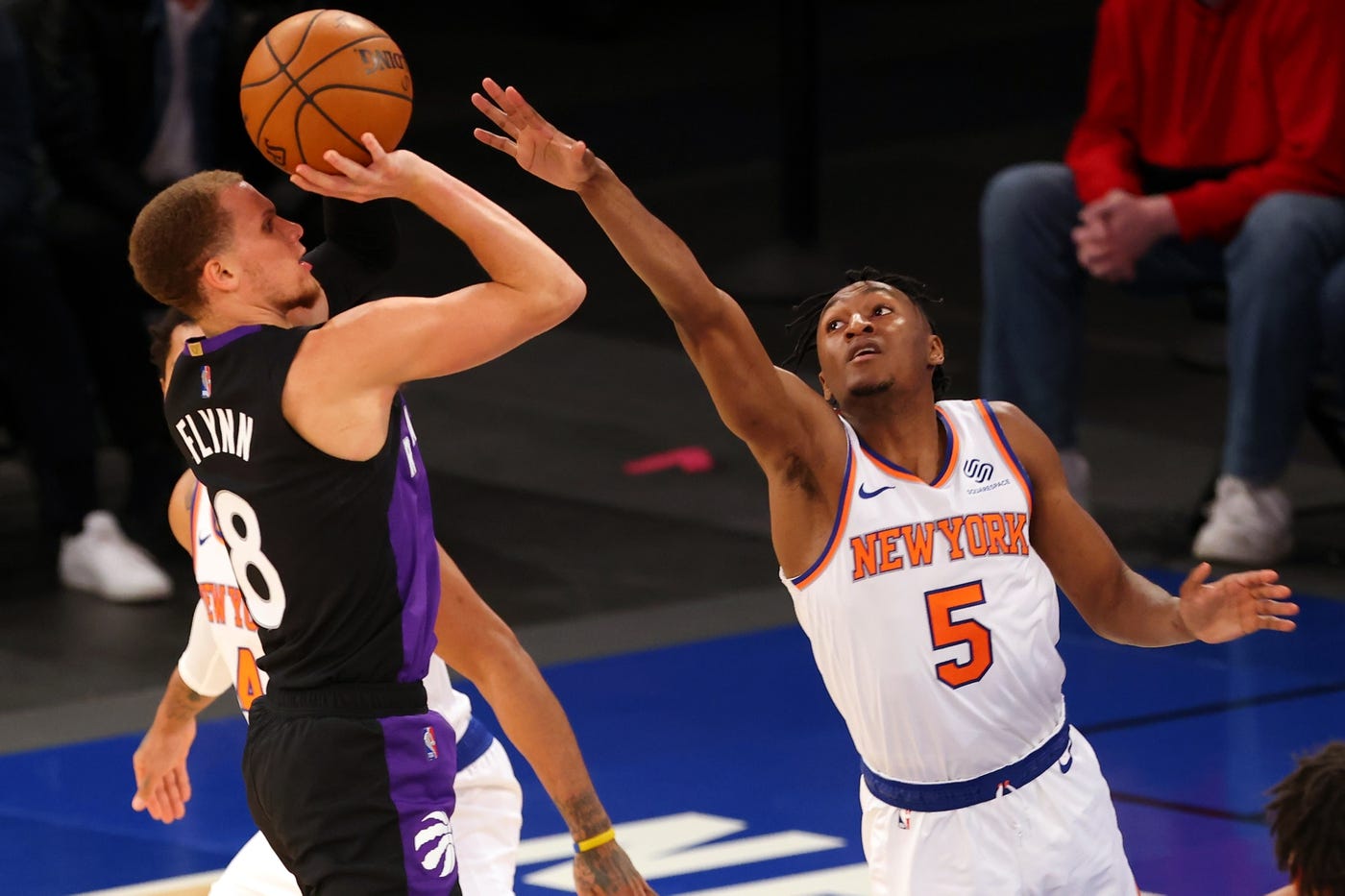
Recent injuries have opened a significant role, and he hasn’t backed down. Over his�last 7 games,�he’s averaging 33 minutes and putting up 14.3 points, 5.6 assists, 4.9 rebounds, and 2 steals per game. This shows what he can do in a larger role, a role that will eventually come with consistency.
It’s not even been a full year, and these two are already outplaying their draft-day expectations. They are just two of the many players who show that upper-class guards need more respect in the draft.
The Historical Evidence
This pattern shows up with even more clarity as we begin to look around the league. Many guards around the league were drafted low due to their age but now have extremely successful careers. One player who perfectly embodies this archetype of draft prospect is Jalen Brunson.
Jalen Brunson
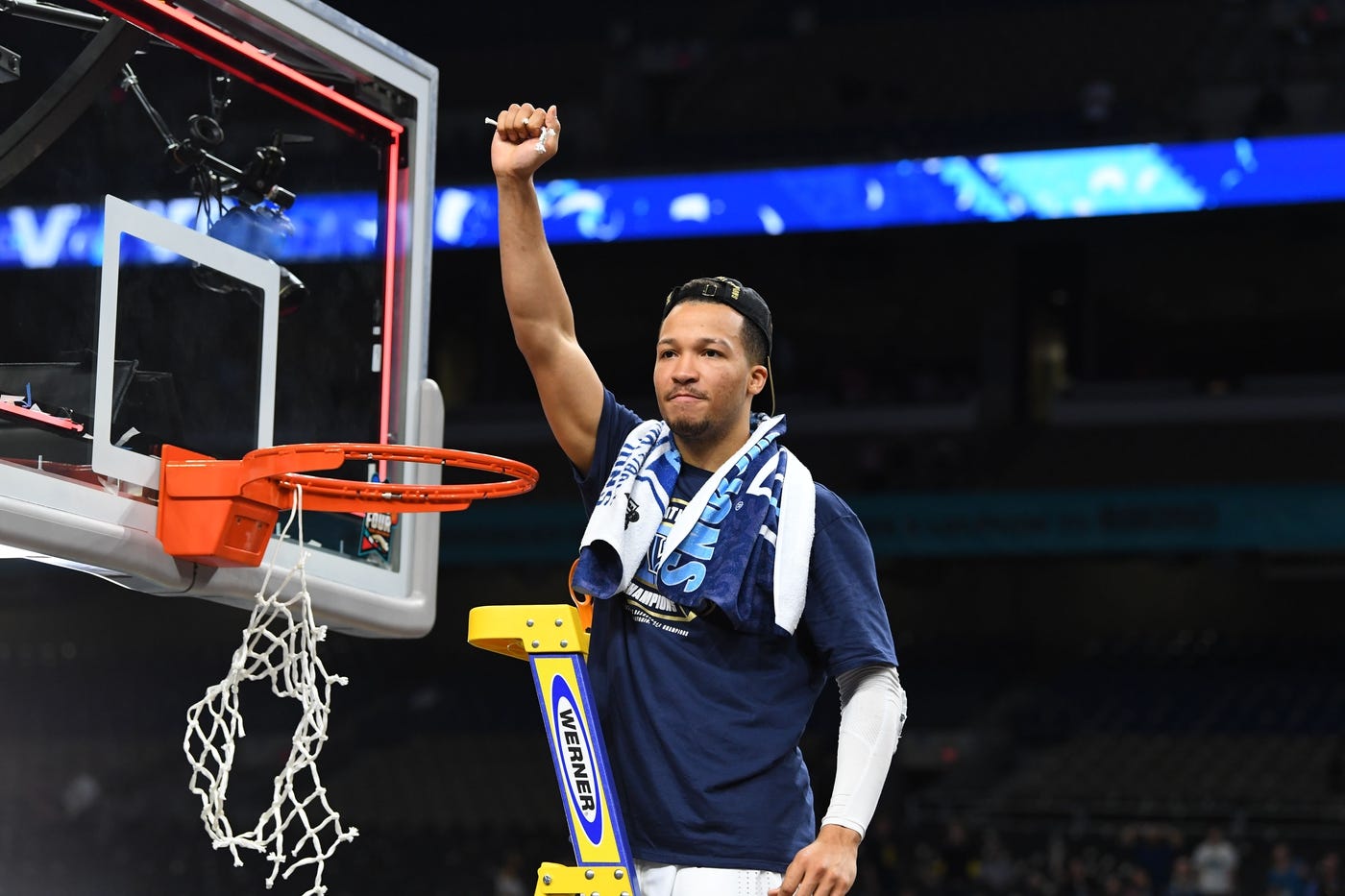
Jalen Brunson won pretty much every award a point guard can in college. After winning the National Championship his freshman year, he led the Villanova Wildcats to a 2nd championship in his junior year. That year he was a�consensus First Team All-American�and won the�Naismith College Basketball Player of the Year award.
Throughout his college career, he showcased an excellent ability to lead an offense and was exactly what you want out of a guard. Winning his second national championship only capped off an amazing college career. All the signs of a great player were present, yet he fell to the 33rd pick in the draft.
There’s one team that’s happy about him falling in the draft: The Mavericks, who were able to draft him at 33rd. Now 3 seasons later, they have one of the best backup point guards in the league. He’s averaging�12.8 points and 3.3 assists per game�this year coming off the bench. Brunson could be the perfect backup point guard for nearly every team in the league and has well exceeded his expectations coming into the league.
Devonte’ Graham

Another point guard with a great college career was selected one spot behind Brunson in the 2018 NBA Draft. Devonte’ Graham played out all four years of his eligibility at Kansas and was the unanimous Big 12 Player of the Year in his senior season. That year he averaged 17.3 points and 7.2 assists a game and led the Kansas Jayhawks to a final four appearance. In the final four, they lost to Jalen Brunson and Villanova.
The Charlotte Hornets drafted Graham with the 34th pick in the NBA Draft. Following a quiet rookie year, he took on a much larger role in his 2nd year, averaging�18.2 points and 7.2 assists per game. This year, his role has taken a slight dip with LaMelo Ball and Gordon Hayward’s additions, but he is still a big part of this exciting Hornets team as they�fight for the playoffs.
Fred VanVleet
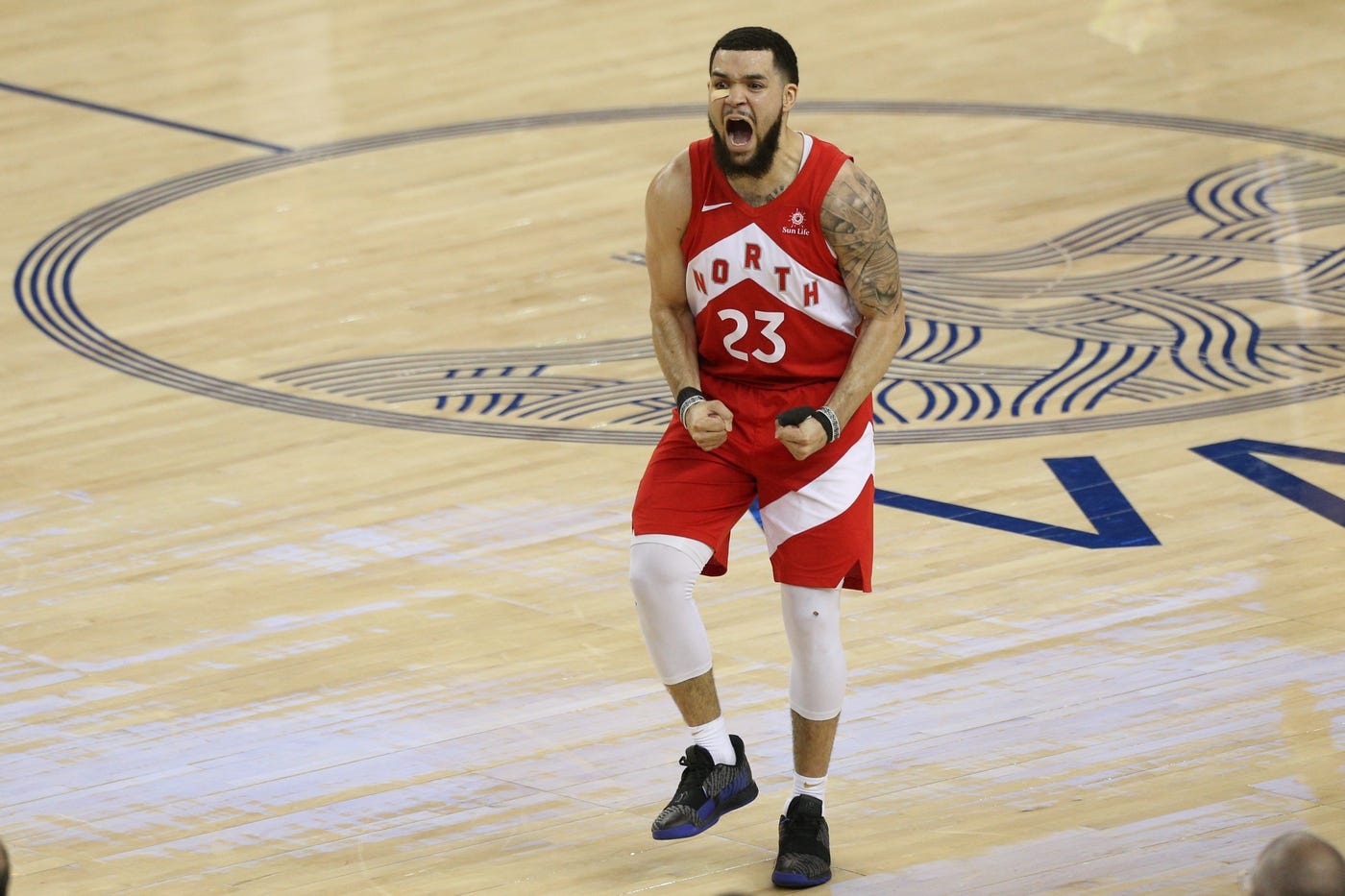
In recent years, Fred VanVleet is maybe the best example of hard work paying off in the league. He had a successful 4-year career at Wichita State and won the�Missouri Valley Conference Player of the Year award�in his final season. He turned down two chances to be drafted in the second round, and as a result, he signed with the Raptors as an undrafted free agent.
I won’t go into Fred VanVleets NBA success because, by this point, everybody’s seeing it. His journey in the NBA has taken him from undrafted free agent to NBA champion. This year he was on the fringe of�an all-star selection�and has been arguably the Raptors best player. All this from a player that nearly every team in the NBA overlooked. Fred VanVleets’s story is inspiring, and he’s only one of many players who fallen in the draft and worked hard to overcome it.
Before the One and Done Phenomena
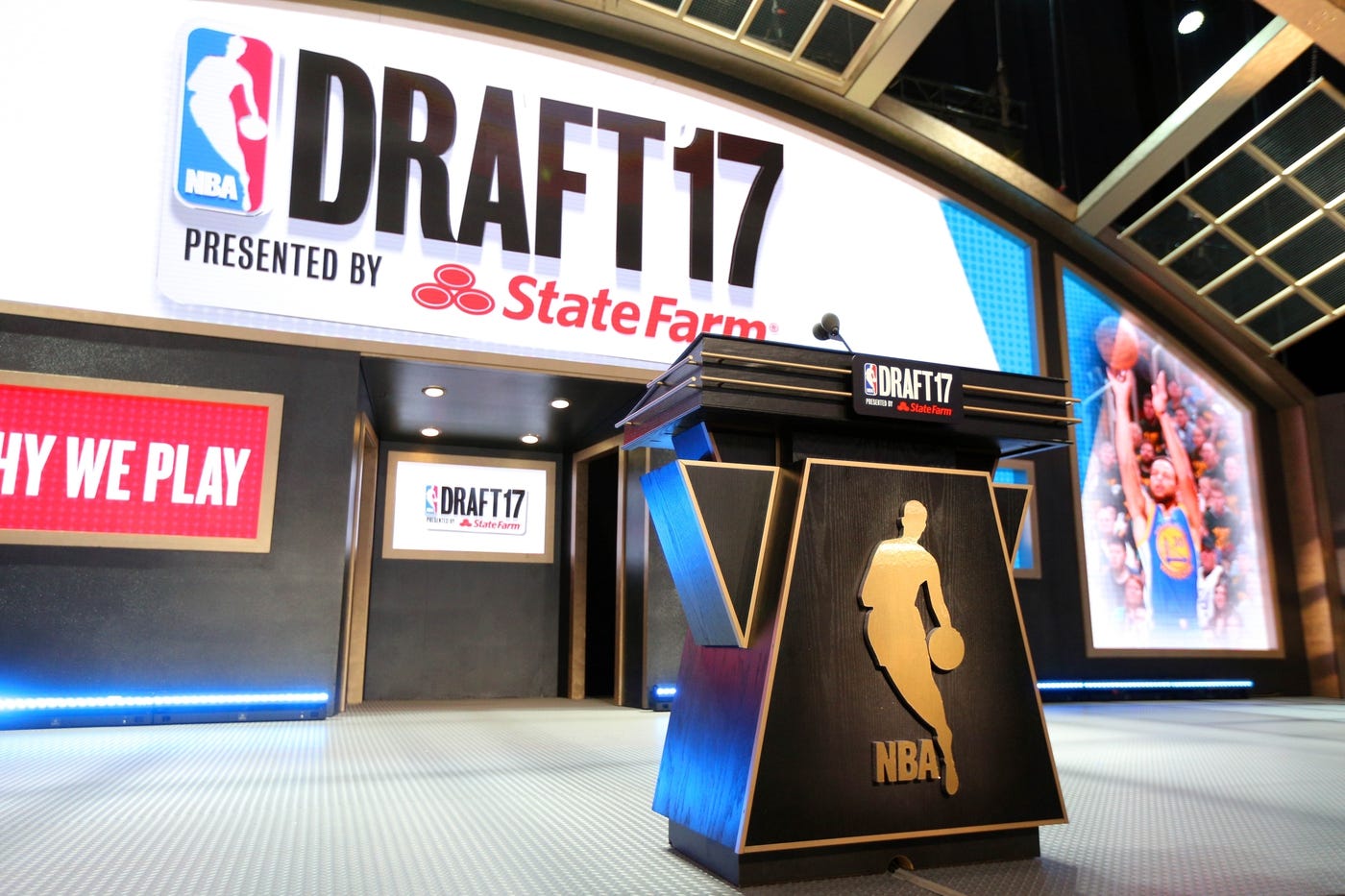
The One and Done era is relatively new. The best players didn’t always jump to the league after 1 year. Going back to the early 2010s, teams were much more prone to draft upperclassmen in the lottery. Right around the turn of the decade, 3 guards were selected to become mainstays in the league. The Warriors selected Stephen Curry 7th in 2009. Not long afterward, Charlotte took Kemba Walker 9th in 2011. Then in 2012, the Blazers chose Damian Lillard with the 6th pick.
All 3 were drafted as upperclassmen, but all were chosen high in the first round. Only the most highly touted prospects took the one-and-done route at this time. Upperclassmen could therefore be selected with much higher picks. There have always been good guards that come into the league as upperclassmen. But the recent popularity of one-and-done prospects has pushed these players further back in the draft. Now, these upper-class guards need more respect.
I must wonder, would Lillard, Curry, or Kemba have slipped through the cracks in one of these modern drafts? We haven’t seen an All-NBA caliber guard fall that low simply because of their age yet, but it’s a likely possibility.
The question is: what do all these players have in common? Almost every draft in recent times has seen one or two-point guards drop due to their age but then find great success in the league. There must be some common traits between them that lead to their success.
What’s the Secret?
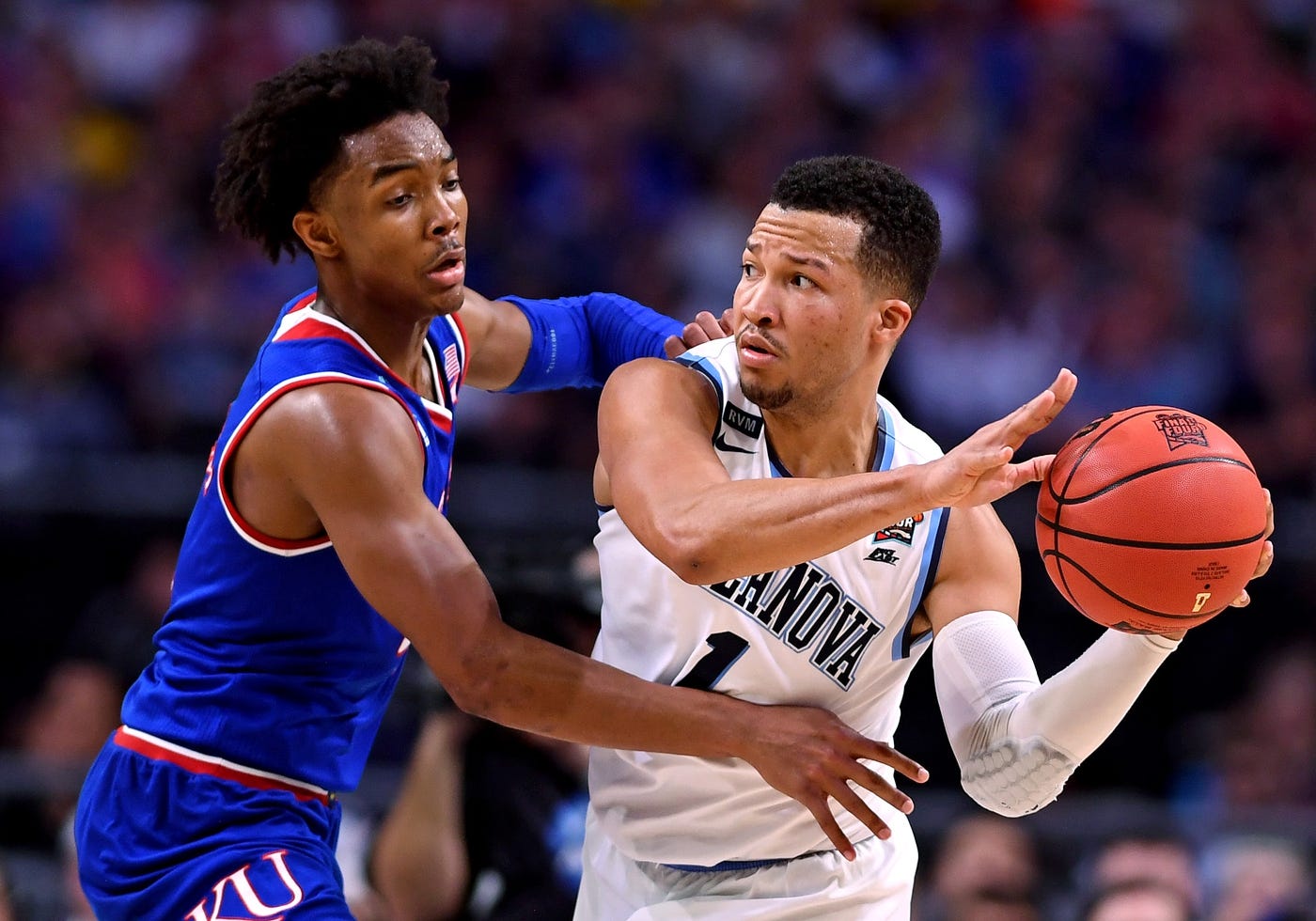
Remember, I’m not an NBA draft expert; everything here is just my opinion. If you’re a secret NBA GM reading this,�please�don’t take this advice then blame me for a bad pick.
So, what is it that sets these players apart? It boils down to 3 things you can look for in their college career: individual success, success as a team leader, and an insane work ethic.
Individual Success
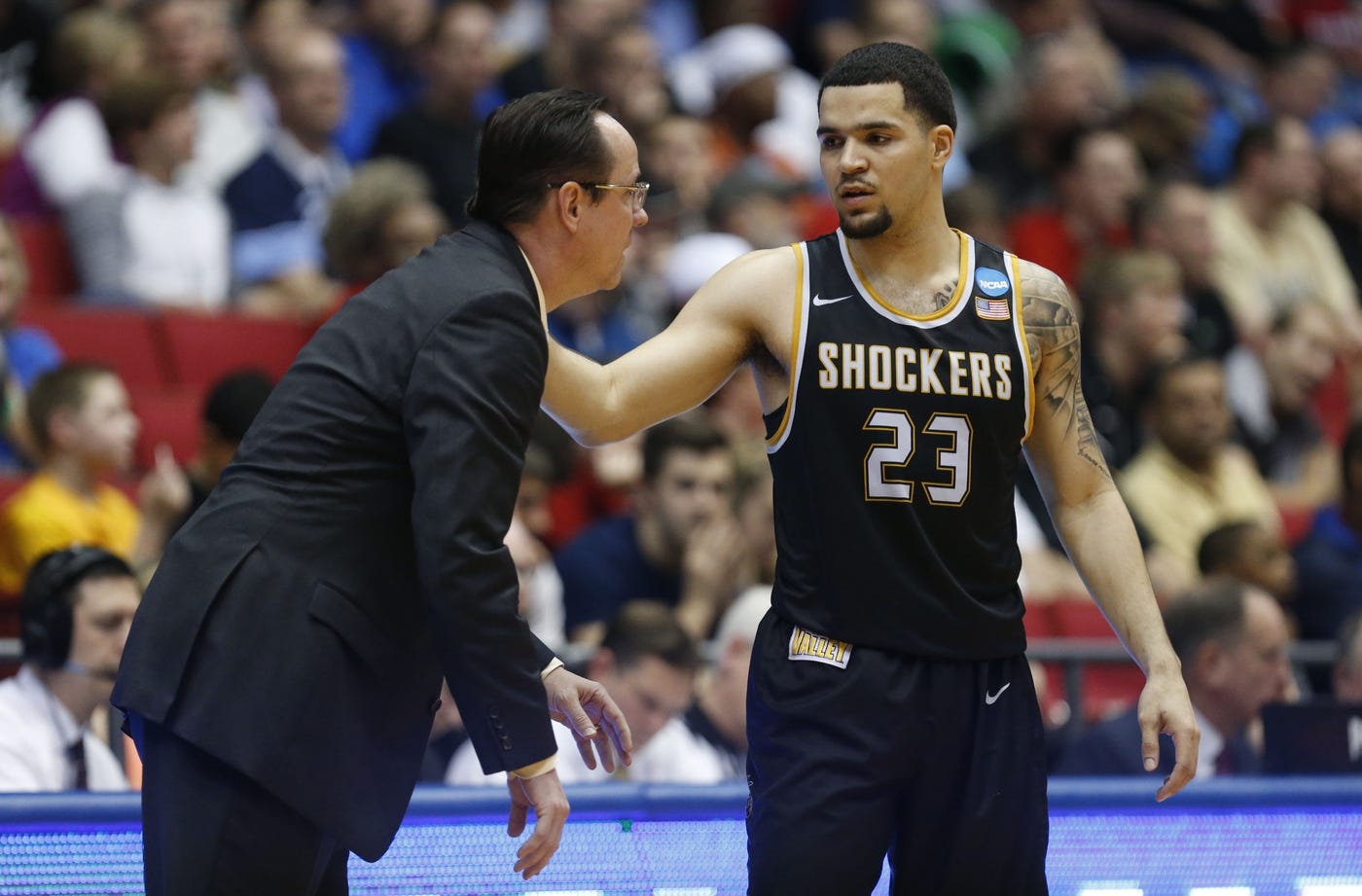
The simple way to look at individual success is through awards. Yes, it’s cheating, and there’s a chance some players may go overlooked. But, for the purpose here, it will do. Here’s a list of each player’s biggest achievements, along with a link to a full record of awards.
Payton Pritchard: Bob Cousy Point Guard of the Year, Lute Olson Player of the Year, Pac-12 Player of the Year.
Malachi Flynn: Mountain West Player and Defensive Player of the Year, Finalist for Bob Cousy and Lute Olson awards.
Jalen Brunson: Consensus National Player of the Year, Bob Cousy award, Big East Player of the Year.
Devonte’ Graham: Consensus First Team All-American, Big 12 Player of the Year, Finalist for Wooden and Naismith awards.
Fred VanVleet: MVC Player of the Year, Finalist for Bob Cousy and Lute Olson awards, AP All-American Honorable Mention.
Success Leading their Team

To best quantify this trait, you’d have to go back and watch these players in college. As older point guards on their respective teams, they were all leaned upon as leaders, and all succeeded. The best way to look at that is their team’s success.
For Jalen Brunson, that is clear. Villanova won two NCAA championships with him. DeVonte’ Graham also had great success with his college team. His team went to 4 NCAA tournaments, reaching a final four and two elite eights. VanVleets Wichita State teams went to the NCAA tournament 4 times, with 2 sweet sixteen appearances and one final four appearances.
Pritchard and the Ducks went to�2 NCAA tournaments and made 2 sweet sixteen appearances, including one Final Four run. Measuring Flynn’s success as a leader of his team is harder because he played a smaller role during his first 2 years at Washington State, then transferred to SDSU. But looking at his�one season�at SDSU, we can see that he led the team to the regular-season title and the conference tournament final.
All of these players enjoyed tremendous individual success. But equally important is that team success. It shows that they can lead a team, a fundamental trait as a point guard. Especially when predicting their value in the NBA. Entering the league, they must transition from being the star to a rotation player at best. Their role will start as a backup guard, asked to facilitate offense when the team’s stars rest. All these players showcased that ability in college and have continued to show it in the league.
Work Ethic

The third and probably most important trait shared between these players is their work ethic. All of them have an insane drive never to stop improving. Older players are often overlooked because they have less potential to improve. Or so it’s thought. With a high work ethic, these players won’t stop improving for a long time. They are counted out because they have a “lower ceiling” when their ceiling is much higher than ever imagined.
Payton Pritchard’s drive was evident from high school onwards. He improved every year, and when people doubted what he could do in college, he proved everybody wrong. His high school coach, Eric Viuhkola, spoke highly of his work ethic when talking to Chris Grenham of Forbes.
“He will find a way. From the neck up, he is one of the toughest competitors and hardest workers you will ever be around.”
Eric Viuhkola
The same work ethic that Payton Pritchard shows is present in all these guys. That’s because it just has to be. The NBA wasn’t guaranteed for any of them. They had to work for it. None of them stopped working when they got to the league.
VanVleet didn’t start a single game in his first two NBA seasons. He only played 8 minutes a game in his rookie year. In the last two years, he’s started every game he’s played and plays about 35 minutes a game. It was the same story for him at Wichita State. He didn’t start a single game his first year. In his last 3 years, he started in every game he played. Every minute he’s played, every game he’s started, he’s had to work for it.
It would take forever to give anecdotes about all these guys, but I think you get the idea. When you look at what they did in college and high school, you see they all have that drive. When you combine their work ethic, individual success, and success leading a team, you get a good basketball player. Call me controversial, but I want players like that on my team if I’m a GM.
2021 Draft Implications
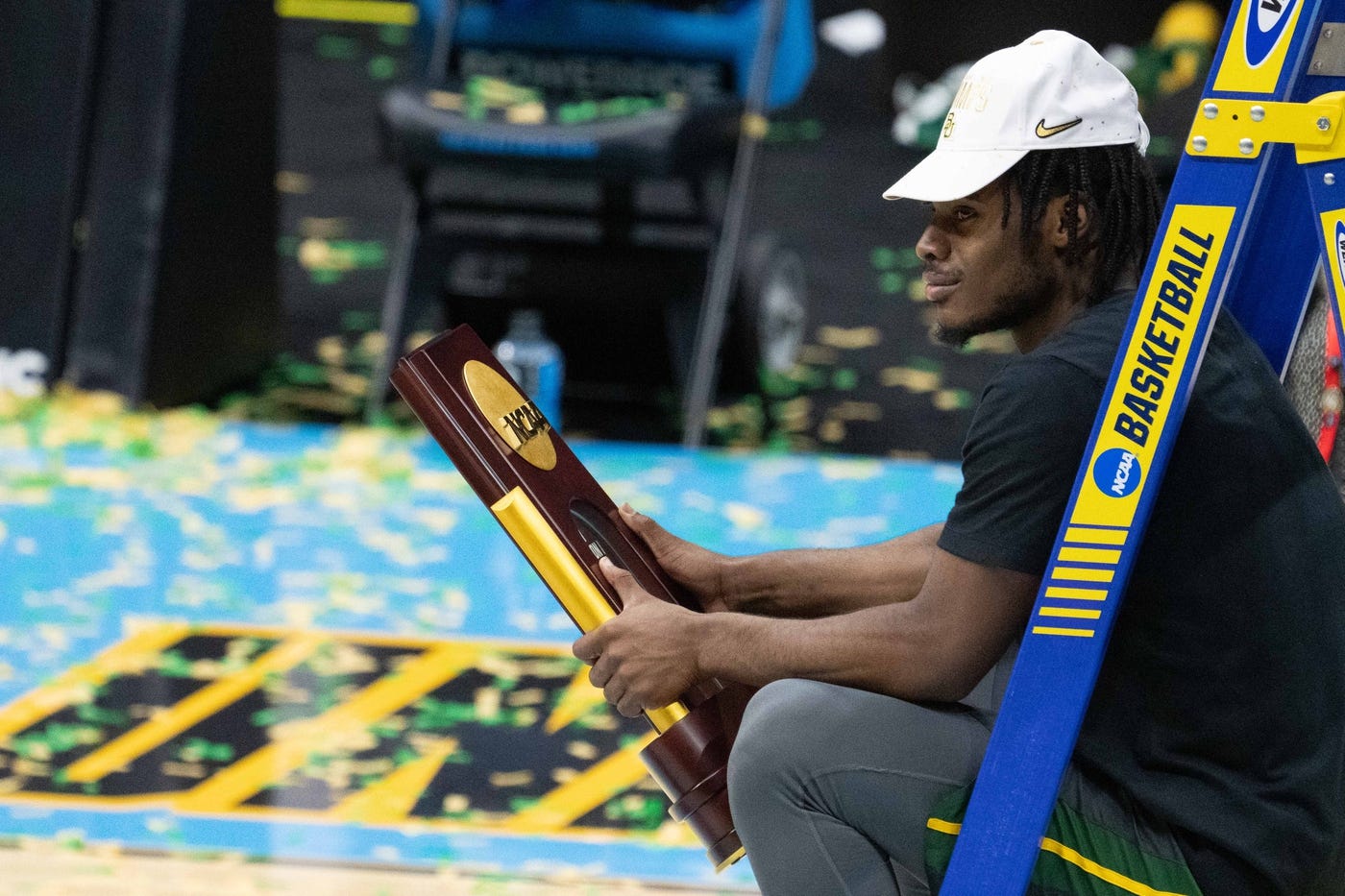
The last thing to do is look to the future and see what upper-class guards need more respect in the upcoming draft class.
Davion Mitchell, Jared Butler, and MaCio Teague
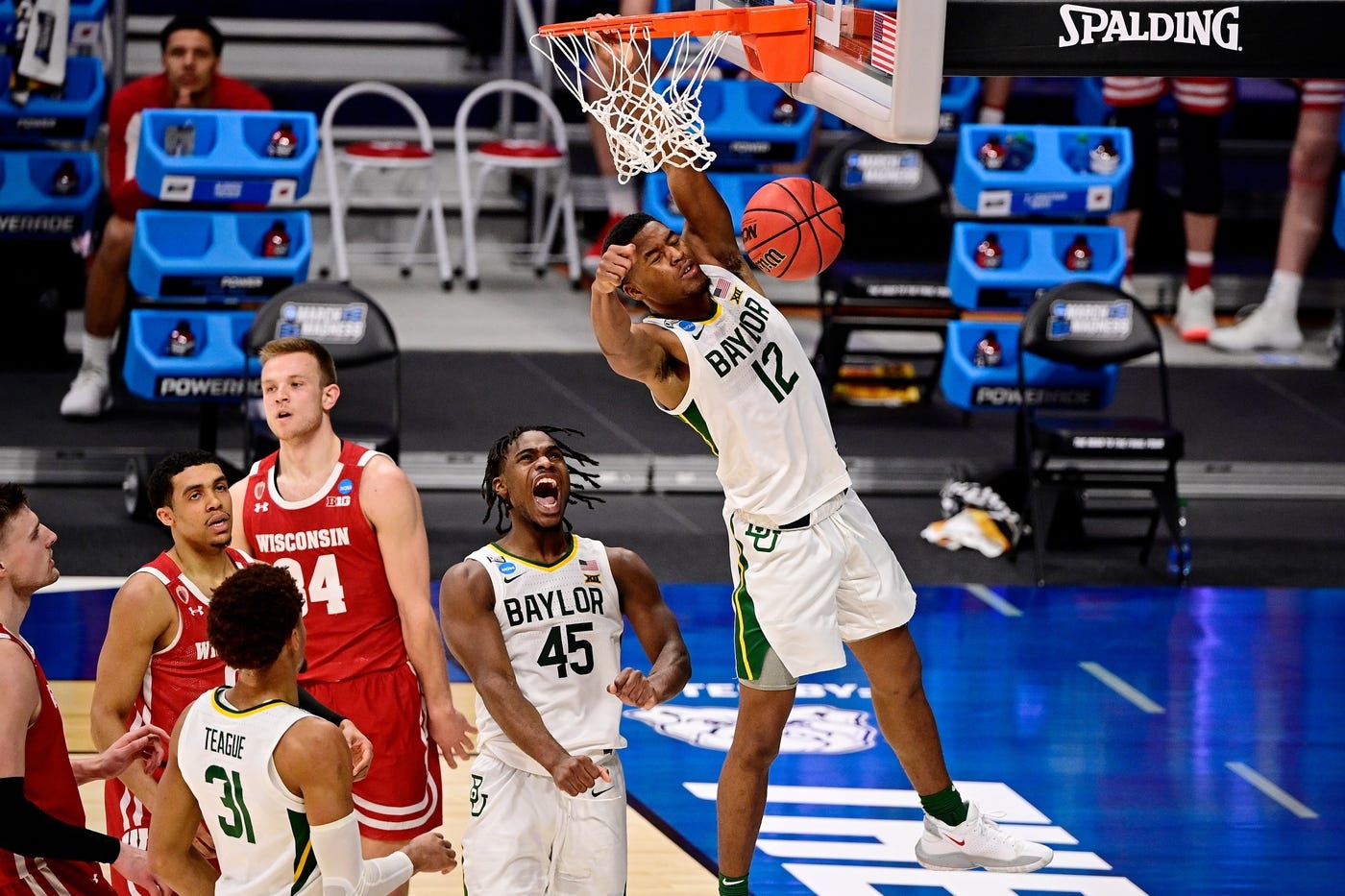
Baylor won the NCAA Championship this year on the backs of their 3 junior guards. All of them had great performances in the tournament on the�way to their championship. They are all great players and possess the work ethic to keep improving. Jared Butler and Davion Mitchell both made the�Big 12 First Team, and MaCio Teague made the Third Team.
Davion Mitchell is my favorite out of the 3; his speed and agility are out of this world. Some of the plays he makes on offense are the epitome of the term “blow-by.” Also, that same speed allows him to play extremely tight defense. All three of these guys possess the skills for the NBA. It will be interesting to see where their careers take them.
If Mitchell starts to drop towards the late first round of the draft, whatever team gets him may get a great value on their pick.
Ayo Dosunmu
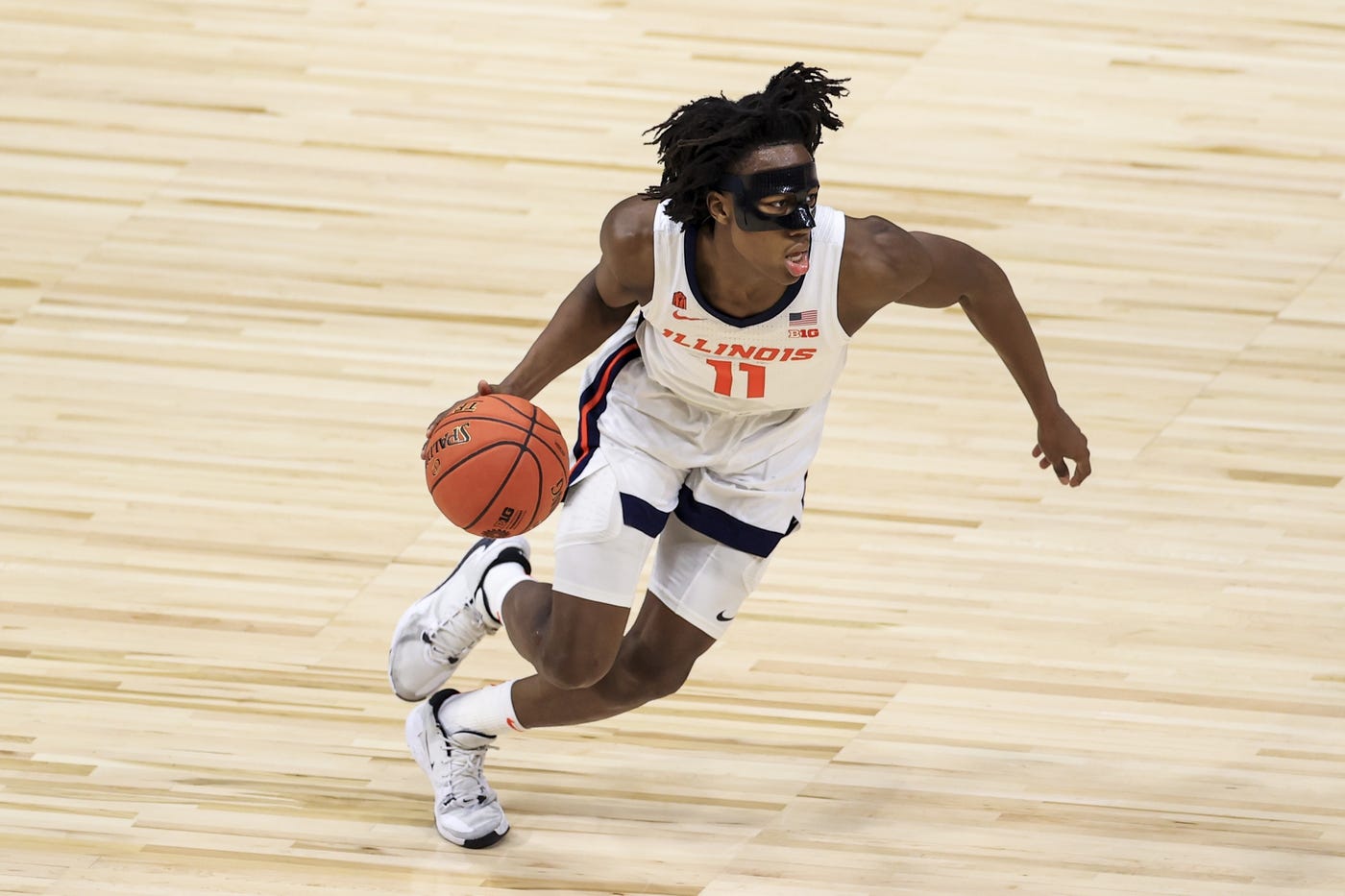
Ayo Dosunmu won the Bob Cousy award this year, an award that Payton Pritchard and Jalen Brunson won in the past. He averaged 20.1 points, 5.3 assists, and 6.3 rebounds this season, and led Illinois to win the Big 10 tournament.
The Illini bowed out of the NCAA tournament early, which does worry me a bit. Winning in big games is pretty important, especially when it comes to upper-class players. But Dosunmu proved himself in the Big 10 tournament this year. After last season Sam Vecenie of�The Athletic�said, “Sources around basketball are also quick to note that Dosunmu is known to have a terrific work ethic and motor. He�s constantly in the gym and has real positive competitiveness to the way he approaches the game.”
Most mock drafts have Dosunmu projected as a mid to late first-round pick. If teams start passing on him, he may fall to the late first-round or early second round. As a result, any team that picks him could be getting the steal of the draft.
